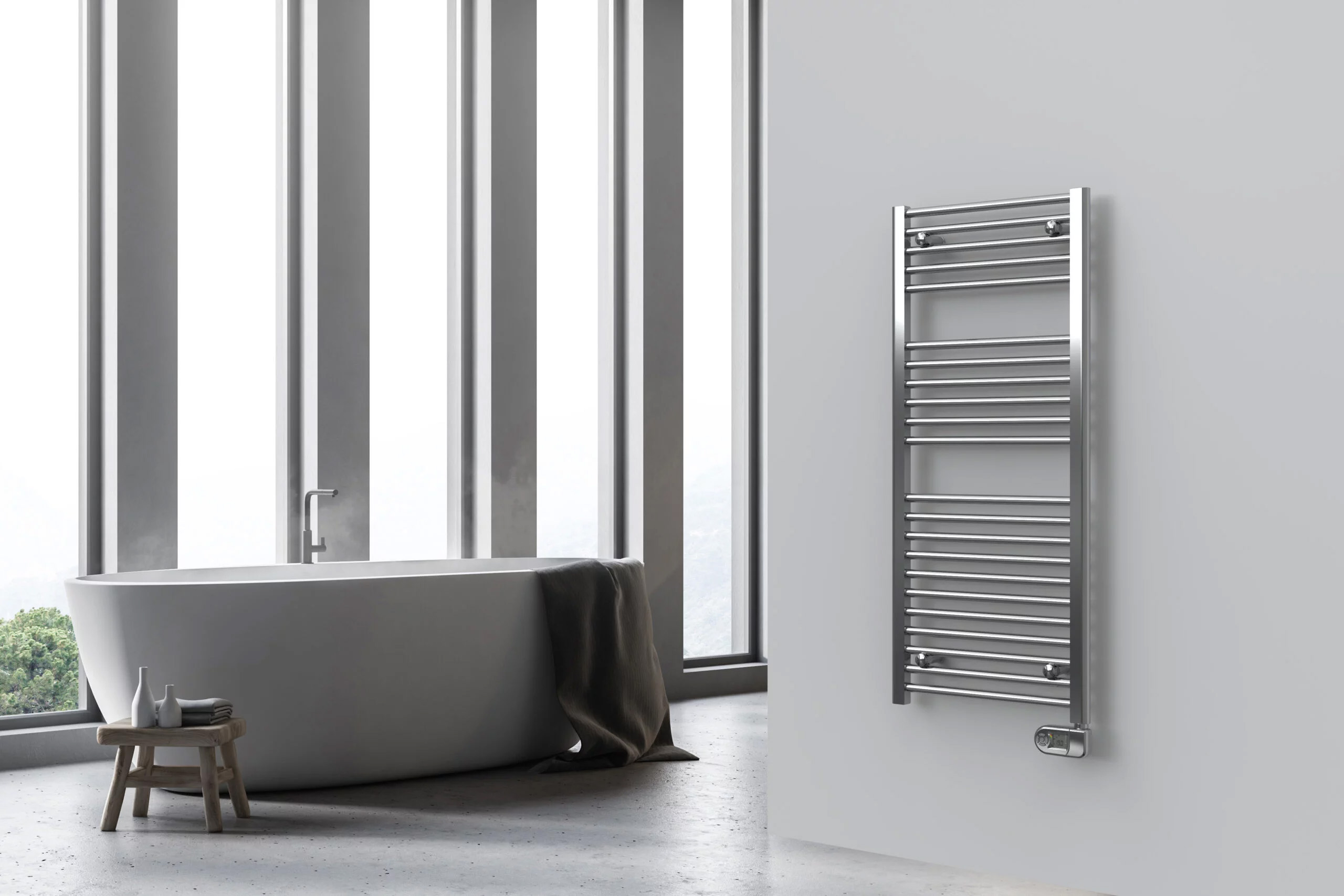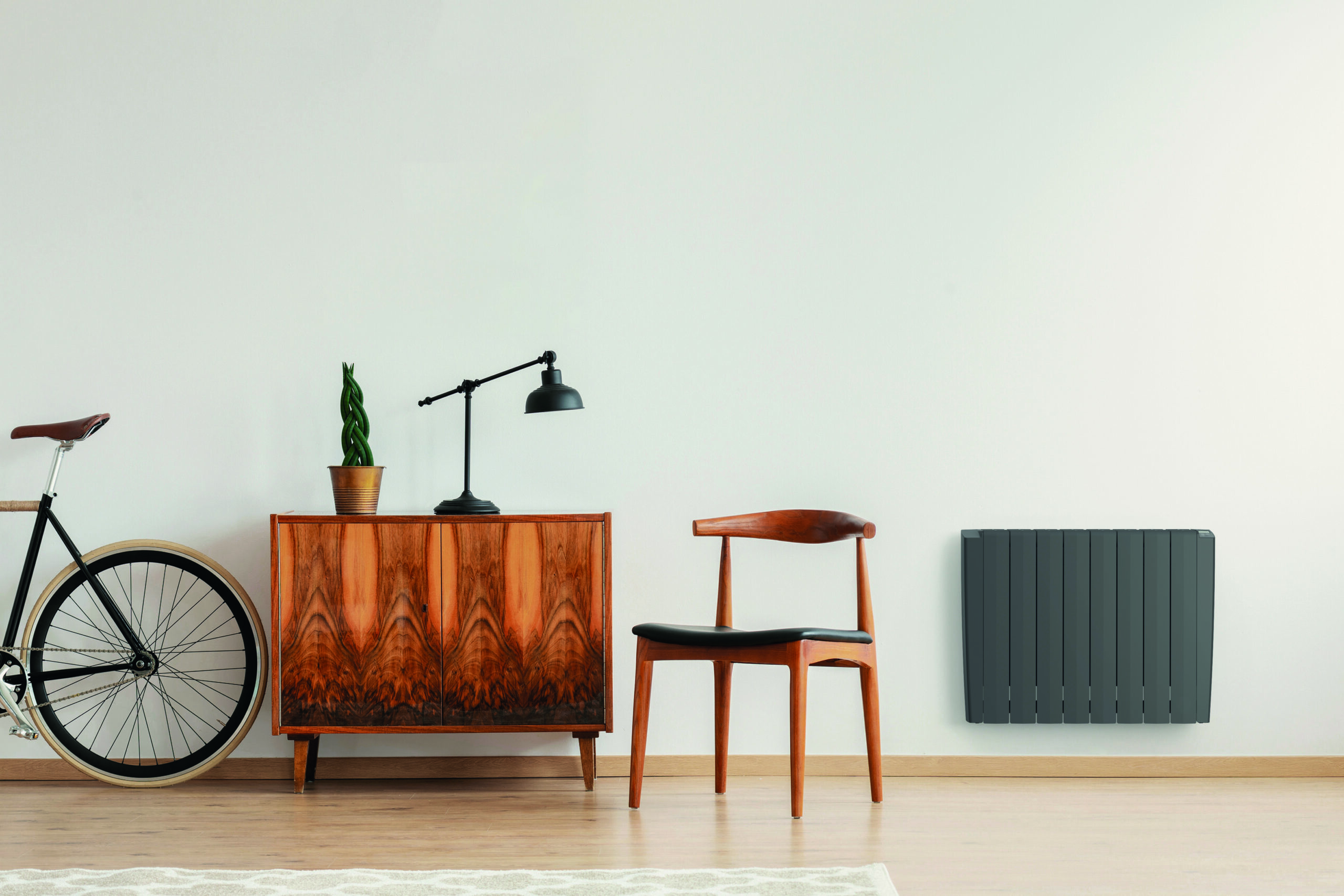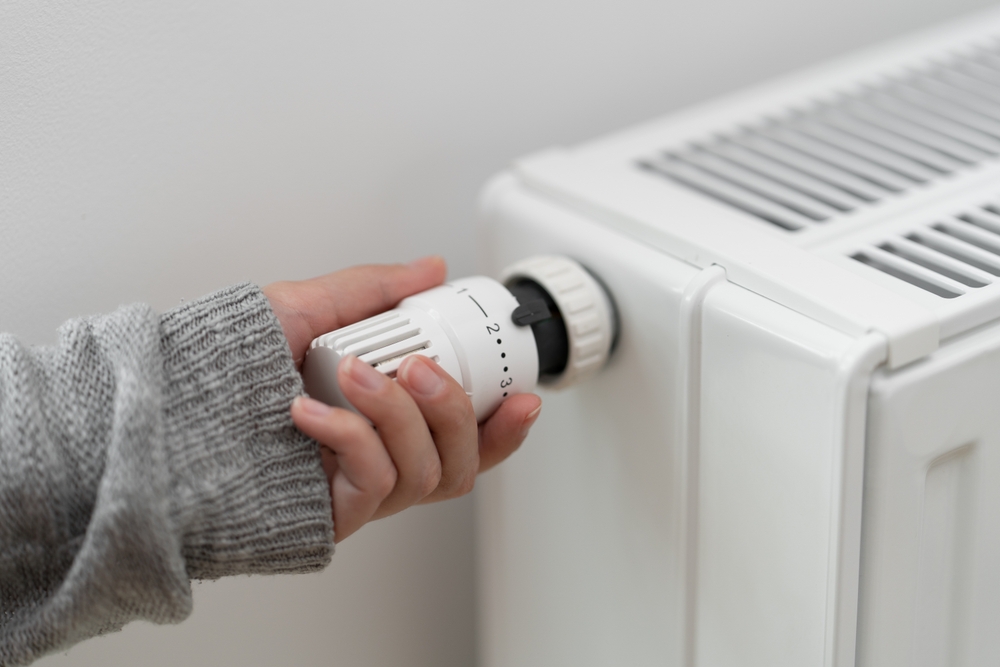The temperature of your radiators will depend on a few different factors. This includes the size of the room and the number and size of the radiators. The time of year will also influence what temperature you want. Let’s take a look at the other major factors that influence the output of radiators and the temperature of each room in your house.
What Helps You Decide on Room Temperature?
You might want to set your radiators to different temperatures in various rooms around the property. You don’t want to overheat the house and use excess energy, nor do you want the home to feel chilly, so it’s a good idea to use this temperature range as a basis for every room.
The average temperature that most people heat their homes to is between 20-22°C. Living rooms and offices (spaces that you use frequently) tend to be heated anywhere from 20-22°C, while it’s a good idea to keep bedrooms slightly cooler, usually around 16-20°C.
You might want to invest in room thermometers throughout your home, especially if you have a baby or young children who need to be kept warm. Most people have all their radiators connected with a thermostat and can be left at specific temperatures by using the dial on the valve.
How to Change the Temperature on Your Radiator
Most radiators have a dial with 1 – 5 different radiator settings on the valve, and you twist the dial to change the temperature up or down.
Living room radiators work best on the higher temperature setting 3-4, whereas bedroom radiators can be set a bit lower on 2. Make sure you keep radiators off in rooms you aren’t using as this can cost you more in energy bills.
Changing the temperature on your radiator is simple and can help you reduce your energy usage, save money and keep your home at a consistent temperature. You can find our guide on how to turn on a radiator.
How to Fix a Radiator That Isn’t Heating Up
It’s important to regularly check your radiators are working properly. Both horizontal and vertical radiators need bleeding regularly (at least once a year) to ensure no air is trapped inside. A common sign that they need bleeding is if they feel cold to the touch at the top and hot at the bottom. Find out how to bleed a radiator on our blog.
Adjusting Your Boiler for Maximum Efficiency
Your boiler plays a central role in determining how effectively and economically your radiators perform. If your radiators feel too hot or too cool, or your energy bills are creeping up, it may be time to fine-tune your boiler settings.
Most modern boilers allow you to adjust the flow temperature, which is the temperature of the water that leaves the boiler and circulates through your radiators. Running your boiler at a slightly lower flow temperature can significantly improve efficiency without affecting your comfort. You might also want to pair your boiler with a programmable thermostat or smart heating system to avoid wasting energy when you’re not at home.
Why Flow Temperature Matters
Your boiler’s flow temperature directly influences how warm your radiators get, and how efficiently your heating system runs. Setting the right boiler temperature means your radiators provide consistent comfort without wasting energy.
If the flow temperature is too high, your system may overheat rooms and waste energy. If it’s too low, your radiators might not provide enough warmth, especially in colder months.
Consider the Season When Setting Your Radiator Temperature in the UK
The weather and temperature may differ day to day, especially if you live in the UK. Most people use their central heating system in the autumn and winter months, as they are the coldest.
On chilly winter evenings, you may want to turn your heating higher than 20°C and 22°C. This is a good time to turn up your thermostat to keep your home at a comfortable temperature.
What Temperature Should Radiators Be at Night time?
The temperature at nighttime should typically be lower than the temperature during the day. If your body starts to overheat at night your sleep may be disrupted.
Our bedroom radiators at Stelrad are best set between 16°C and 19°C at night time. You may find it useful to time your thermostat to turn off at a certain time so the heating isn’t on throughout the night. If you’d like to find specific radiators for every room in your home, you can search radiators by room here at Stelrad.
Does the Radiators Style & Design Make a Difference to Temperature Output?
The style and design of your radiator will not necessarily make a difference to the temperature output, but the model you go for will, due to the number of panels and convention fins inside. For example, there is a definite difference in the heat that will be emitted from K2 double panel radiators when compared to K1 single panel radiators, due to the surface areas of the radiators.
You won’t always need to put double radiators on higher heat settings as they will likely emit enough heat when on lower temperature settings like 1-2. However, this completely depends on the size of the room the radiator is installed in.
The more convection fins a radiator has, the more power it will have to heat a room. Along with the type of radiator, the colour of the radiator can also have an impact on the heat emitted. Usually, black matte models are the best insulators of heat, which means they typically heat up faster than any other colour. However, not everyone wants to choose a black model as it might not match their home interior and aesthetic within the house. At Stelrad, we have a range of coloured radiators and white radiators in our designer radiator collection for you to choose from.
Having all the radiators in your home set on specific temperatures for different seasons and hours of the day can be a convenient option. Alternatively, you might prefer to regularly change the temperature dials depending on the weather outside.
Don’t forget to turn off radiators in rooms you aren’t using to save money on energy bills and do your bit for the environment. Contact us at Stelrad if you have any questions regarding what radiator temperature should be or how to set the radiator temperature in the UK.
 Next Working Day Delivery£18 For Next Working Day Delivery On All Products*When ordered before 2pm.*T&Cs apply
Next Working Day Delivery£18 For Next Working Day Delivery On All Products*When ordered before 2pm.*T&Cs apply HOME SERIESConcord Rail Coloured
HOME SERIESConcord Rail Coloured






